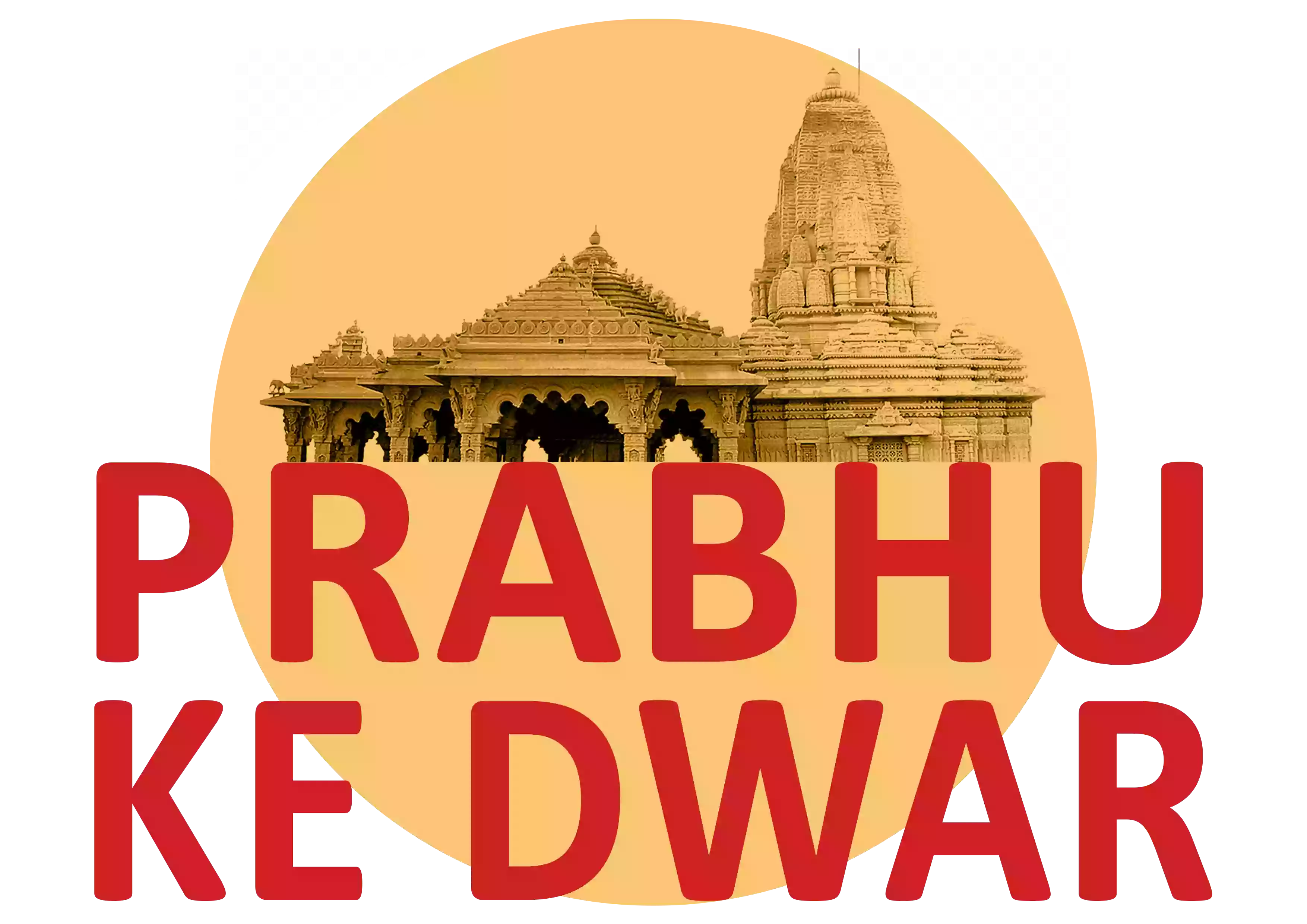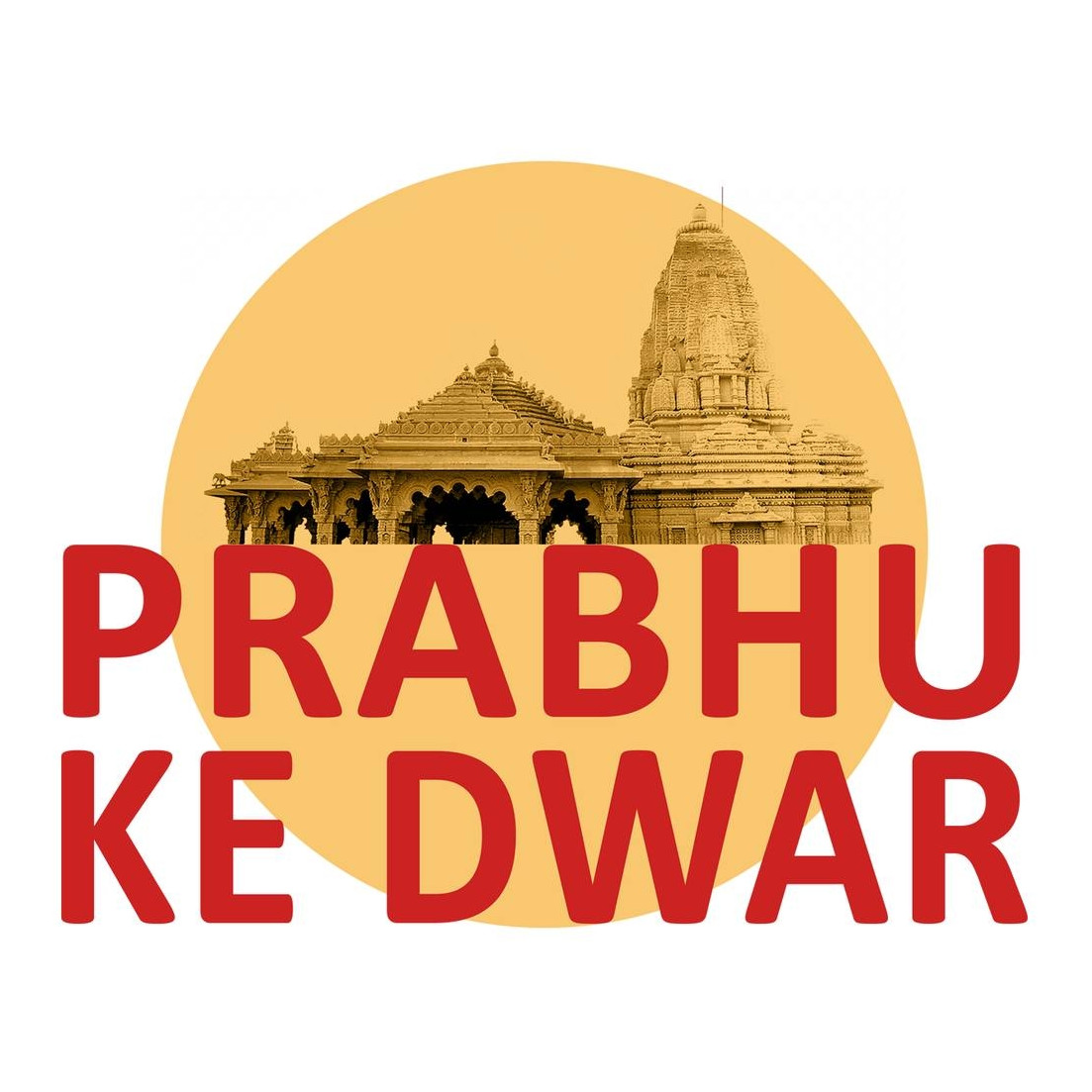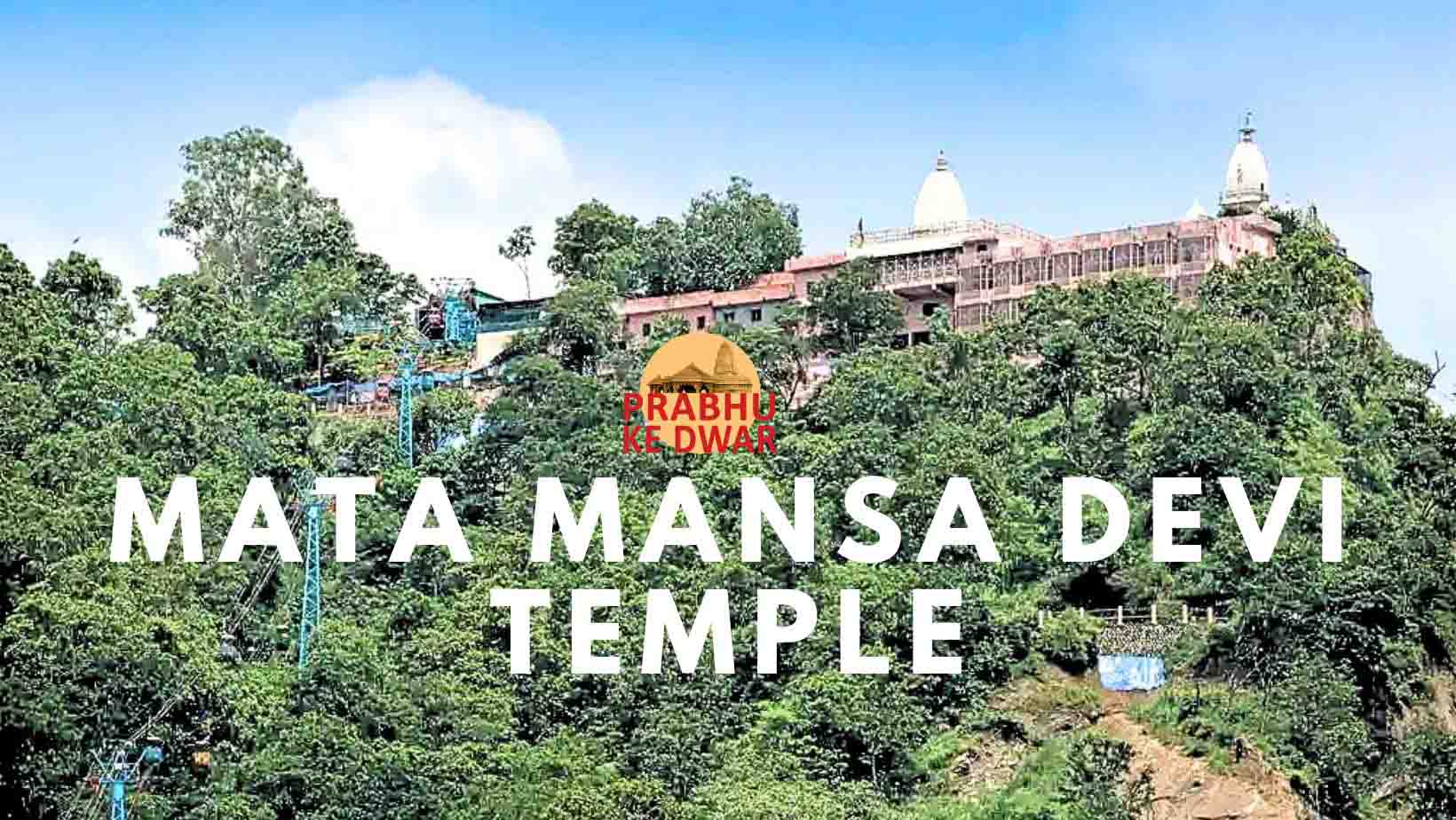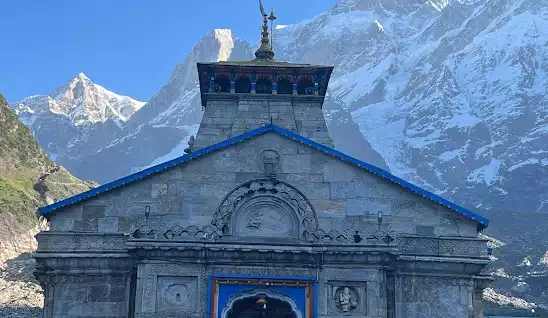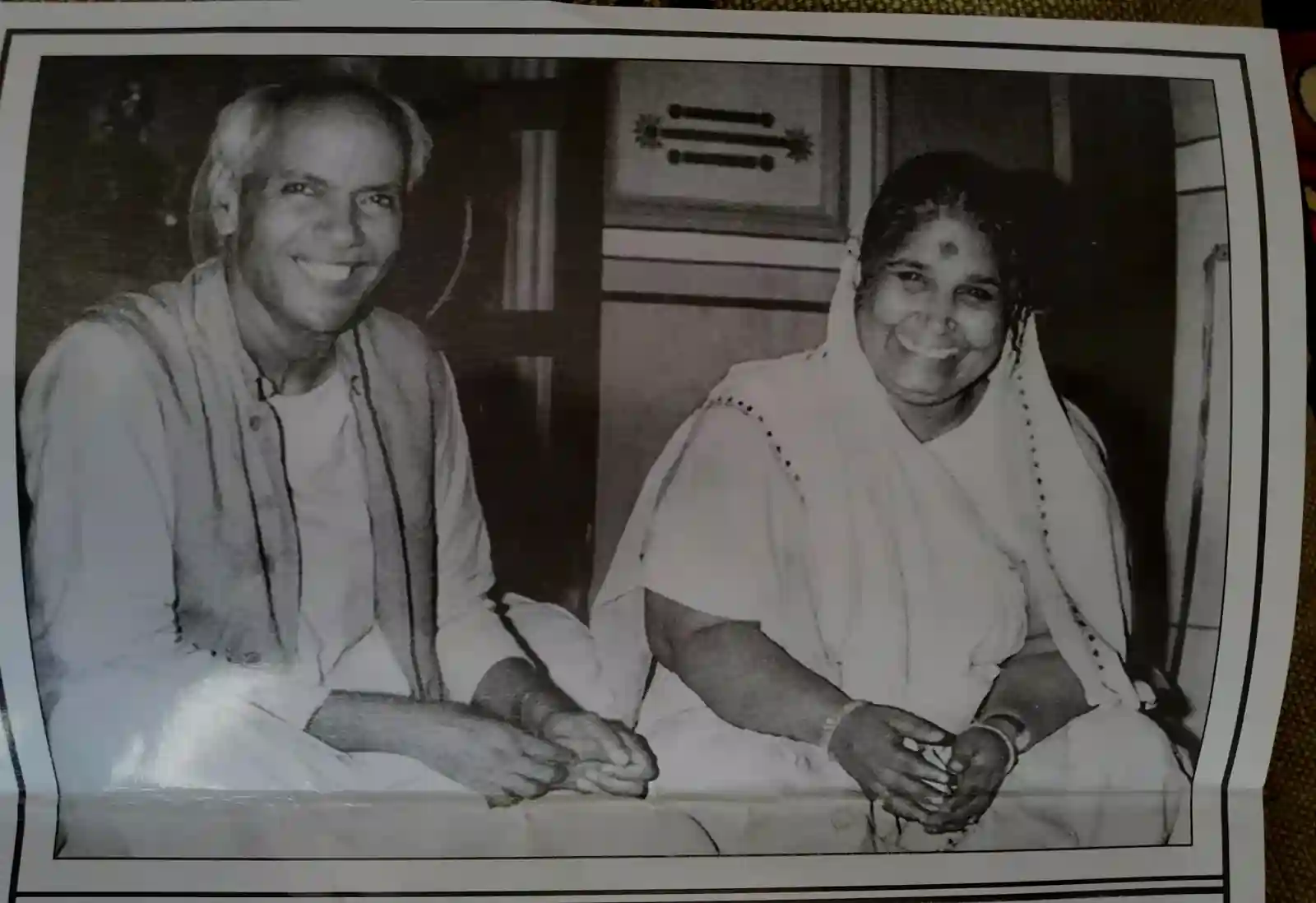Nestled amidst the enchanting Shivalik Hills, the Mata Mansa Devi Temple stands tall as a beacon of spirituality and devotion. This revered temple, situated in the village of Bilaspur, Tehsil, and District Panchkula, holds a fascinating history that traces its roots back to a divine connection with Shri Sati, the consort of Lord Shiva.
Legend of the Temple
According to an intriguing story, a cow would grace the hilltop every day and offer milk at three adjoining stones (Pindies). Locals noticed that these stones were none other than the 3 Holy Shilas, originating from the forehead of Shri Sati. This remarkable observation led to the establishment of a temple in honor of Mata Mansa Devi.
The construction of the present main temple was initiated by Maharaja Gopal Singh of Manimajra during the period of 1811-1815. It was an act of devotion that solidified the temple's significance in the region. Additionally, about 200 meters away from the main temple stands the Patiala Temple, built in 1840 by Sh. Karam Singh, the then Maharaja of Patiala.
The Temple's History
Initially enjoying the patronage of the Manimajra State, the temple faced neglect after the merger of princely states into Pepsu. However, efforts were made to preserve its sanctity when the Raja of Manimajra appointed a pujari, known as 'khidmatuzar,' to worship the deity. With the temple's management falling into the hands of these pujaris post-merger, maintenance and facilities for devotees dwindled, leading to a decline in the temple's condition over time.
Architectural Marvel and Sacred Atmosphere
The Mata Mansa Devi Temple complex is an architectural marvel, captivating visitors with its awe-inspiring design and intricate details. Spread over an extensive area of approximately 100 acres, the temple offers a spiritual haven for devotees seeking the blessings of Shakti (Mansa Devi), the divine feminine force personifying cosmic energy in Hinduism and Shaktism.
The main temple boasts thirty-eight panels of exquisite wall paintings, adorned with mesmerizing floral designs on the walls and ceiling. Constructed during the early 19th century, the temple has become one of the most renowned Shakti temples in North India, attracting pilgrims from far and wide.
Worship and Sacred Rituals
Devotees flock to the Mansa Devi Temple to seek blessings, offer prayers, and tie sacred threads around a tree within the temple complex. It is believed that doing so can fulfill their wishes and desires. The atmosphere brims with spirituality, and the air is charged with devotion and mysticism.
Mansa Devi Temple Complex: A Spiritual Retreat
The Mansa Devi Temple complex stretches across the picturesque Shivalik foothills, offering a serene and tranquil ambiance. Amidst the lush greenery, visitors find themselves transported into a realm of divine harmony and peace.
Significance and Devotion
Shaktism, the worship of the divine feminine energy, holds immense significance in this part of the country. The temple complex serves as a testament to the unwavering faith and devotion of millions of devotees who come to seek solace and blessings from Mata Mansa Devi.
Pilgrimage and Festivals
Throughout the year, the temple witnesses a constant stream of pilgrims and visitors. However, during the auspicious Navratri festival, the temple's vibrancy reaches its peak. Navratri, a nine-day festival dedicated to the worship of the nine forms of Goddess Durga, witnesses grand celebrations at the Mata Mansa Devi Temple.
Preservation and Heritage
The Mata Mansa Devi Temple is now recognized and maintained as a heritage site by the government. Efforts are made to preserve its architectural splendor and religious sanctity, ensuring that future generations can also experience its divine aura.
The Mata Mansa Devi Temple stands as a testimony to unwavering devotion and faith, attracting pilgrims and spiritual seekers from all corners of the world. Its captivating architecture, serene atmosphere, and rich history make it an unparalleled destination for seekers of divine blessings.
Frequently Asked Questions (FAQs) about Mata Mansa Devi Temple
What is the significance of the Mansa Devi Temple complex in Panchkula?
The Mansa Devi Temple complex in Panchkula, holds immense significance as a revered shrine dedicated to Mata Mansa Devi, a manifestation of the divine feminine energy. It attracts devotees from all over seeking blessings and fulfillment of their wishes.
What are the historical origins of the Mata Mansa Devi Temple?
According to legend, the temple's origins are linked to a divine connection with Shri Sati, the consort of Lord Shiva. It is believed that the three adjoining stones (Pindies) on the hilltop were the Holy Shilas originating from Shri Sati's forehead. This led to the construction of the temple by Maharaja Gopal Singh of Manimajra during 1811-1815.
How is the architecture of the Mansa Devi Temple complex described?
The Mansa Devi Temple complex is an architectural marvel with thirty-eight panels of wall paintings and intricate floral designs adorning the walls and ceilings. Constructed during the early 19th century, the temple showcases splendid craftsmanship and is renowned as one of the most celebrated Shakti temples in North India.
What is the significance of tying sacred threads around the tree in the temple complex?
Tying sacred threads (Moli) around the tree within the temple complex is considered auspicious and believed to fulfill devotees' wishes and desires. It is a sacred ritual followed by pilgrims seeking blessings from Mata Mansa Devi.
When is the best time to visit the Mata Mansa Devi Temple?
The temple witnesses a constant stream of devotees throughout the year, but the best time to experience its vibrancy is during the auspicious Navratri festival. Navratri, a nine-day celebration dedicated to the worship of Goddess Durga, is marked by grand festivities and attracts a large number of pilgrims to the temple.
